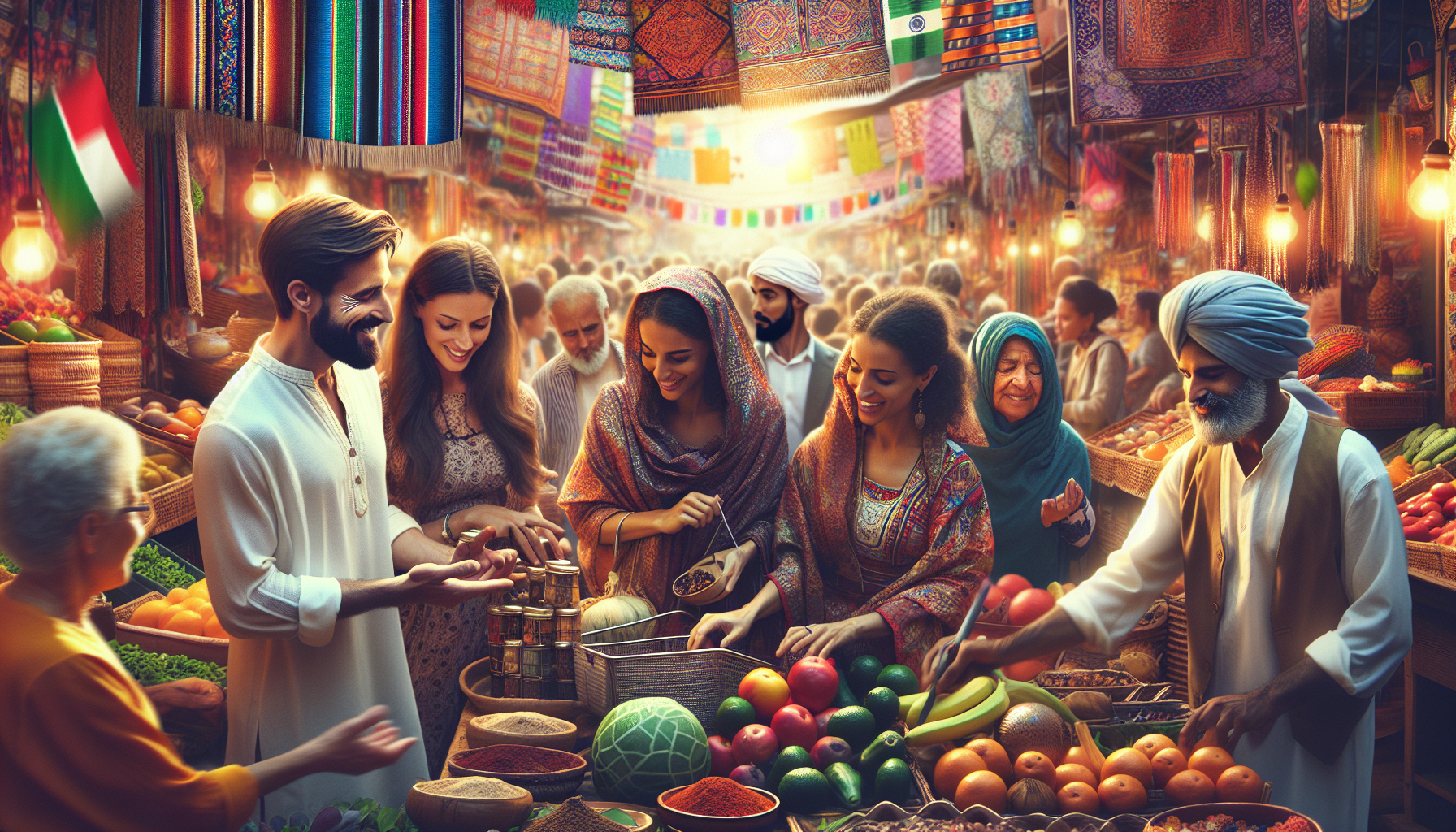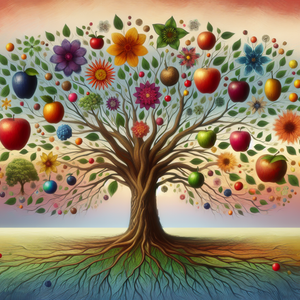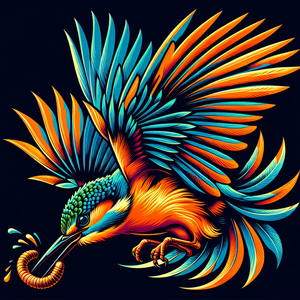Underground Artists: Exploring Creative Careers in Subway Systems

Subway systems function as cultural arteries, flowing with opportunities for artistic expression. The walls and corridors of subway stations often serve as galleries for visual artists, particularly muralists who can turn drab concrete into striking visual narratives. Take, for example, New York City's Metropolitan Transportation Authority (MTA) Arts for Transit program, which has curated over 300 permanent art installations across its subway stations. These pieces, crafted by both local and international artists, serve not only to beautify the stations but also to tell compelling stories about the neighborhoods they inhabit. The work of artists like Faith Ringgold and Chuck Close is prominent in this initiative, allowing commuters to engage with the art as they traverse the city. This blend of visual storytelling and public space enhances the urban experience, fostering a sense of connection to the community.
Musical Performances: A Symphony of Sounds
Beyond visual arts, subway systems are alive with sound, thanks to the presence of musicians and performers. Street musicians, often referred to as "buskers," contribute a unique, spontaneous layer of life to transit environments. These performers can turn a mundane wait into a joyful interlude, offering everything from classical music to contemporary pop. Cities like London and Paris have embraced this vibrant culture by creating dedicated platforms for buskers. The Transport for London (TFL) has implemented a busking program, allowing talented artists to perform in designated areas of the subway. This initiative not only supports local musicians but also enriches the atmosphere of public spaces, making every commute an opportunity for unexpected entertainment. For instance, the sounds of a talented violinist or an energetic jazz band can create a shared moment of joy among commuters, transforming the daily grind into a more enjoyable experience.
The Role of Designers and Planners
Artistry in subway systems is not confined to performance and visual arts; it also extends to the realms of design and architecture. Urban designers are increasingly recognizing the value of incorporating art into the infrastructure of subway systems. By integrating artistic elements into station design, they can enhance aesthetic appeal and improve the overall commuter experience. A notable example is the recent extension of the Toronto Subway, which features a station designed by renowned artist Doug Coupland. His design incorporates bright colors and playful shapes, creating an engaging and visually stimulating environment for commuters. Such innovative designs not only beautify the space but also invite interaction and exploration, making the subway a destination in itself rather than just a transit point.
Community Engagement and Local Talent
One of the most profound impacts of artistic initiatives within subway systems is their ability to foster community engagement. Many programs prioritize local artists, providing opportunities to showcase their work and connect with the community. For instance, the Chicago Transit Authority's "Arts in Transit" program not only displays local artwork but also actively involves residents in the selection process. This collaborative approach ensures that the art reflects the diverse voices and cultures of the city, strengthening community ties and empowering artists who may not have had access to traditional exhibition spaces. By involving the community, these initiatives create a sense of ownership and pride, transforming subway stations into cultural hubs that resonate with local identity.
The subway systems of our cities transcend their roles as mere transportation networks; they are dynamic spaces filled with artistic potential. From muralists and musicians to designers and community-driven initiatives, underground artists play a crucial role in transforming everyday commutes into extraordinary experiences. By embracing and promoting artistic careers within these systems, cities can enhance commuter experiences, celebrate local talent, and foster a deeper connection between residents and their urban environments. As urban living continues to evolve, it is essential to recognize and support the vibrant artistic community thriving beneath the surface of our subway systems, ensuring that creativity remains an integral part of our daily journeys.
Mural Artist
Metropolitan Transportation Authority (MTA), Chicago Transit Authority, Transport for London
Core Responsibilities
Create large-scale murals that reflect the culture and identity of local neighborhoods within subway stations.
Collaborate with transit authorities and community groups to ensure the artwork resonates with the surrounding community.
Manage project timelines and budgets, ensuring timely completion of installations.
Required Skills
Proficiency in various painting techniques and materials suitable for public spaces.
Strong understanding of community engagement and storytelling through art.
Portfolio showcasing previous public art projects.
Transit Music Coordinator
Transport for London, New York City Transit, Los Angeles Metro
Core Responsibilities
Oversee the selection and scheduling of musical performances in subway stations, ensuring a diverse range of genres and artists.
Develop partnerships with local musicians and music organizations to promote talent in the transit system.
Evaluate performance quality and audience engagement to refine programming.
Required Skills
Experience in music curation or event management, particularly in public spaces.
Strong communication skills to liaise with artists, stakeholders, and the public.
Knowledge of local music scenes and trends.
Urban Art Designer
City planning departments, architectural firms, transit authorities
Core Responsibilities
Integrate artistic elements into the architectural design of subway stations, enhancing both aesthetics and functionality.
Collaborate with architects and city planners to create cohesive design concepts that reflect local culture.
Conduct community workshops to gather input on design projects and ensure community representation.
Required Skills
Background in urban design, architecture, or fine arts with a focus on public spaces.
Proficiency in design software such as AutoCAD or Adobe Creative Suite.
Strong project management skills and ability to work within budget constraints.
Community Engagement Specialist
Local transit authorities, nonprofit arts organizations, community development agencies
Core Responsibilities
Develop and implement programs that connect local artists with subway systems for exhibitions and performances.
Facilitate outreach initiatives to involve diverse community members in the arts selection process.
Organize events and workshops to elevate community involvement and awareness of public art initiatives.
Required Skills
Experience in community organizing, public relations, or arts administration.
Excellent interpersonal skills to build relationships with artists, local organizations, and the public.
Ability to analyze community needs and advocate for artistic opportunities.
Public Art Curator
Arts councils, transit authorities, cultural institutions
Core Responsibilities
Curate and manage art installations in subway stations, ensuring a rotating selection of works that reflect community diversity.
Collaborate with artists and cultural organizations to facilitate exhibitions that engage commuters.
Develop educational programs and materials that enhance the public's understanding of the artwork.
Required Skills
A degree in art history, museum studies, or a related field.
Strong organizational skills with the ability to manage multiple projects simultaneously.
Familiarity with grant writing and funding proposals for public art initiatives.


